Progress on climate change targets remains slow, but some substantial results have been achieved.
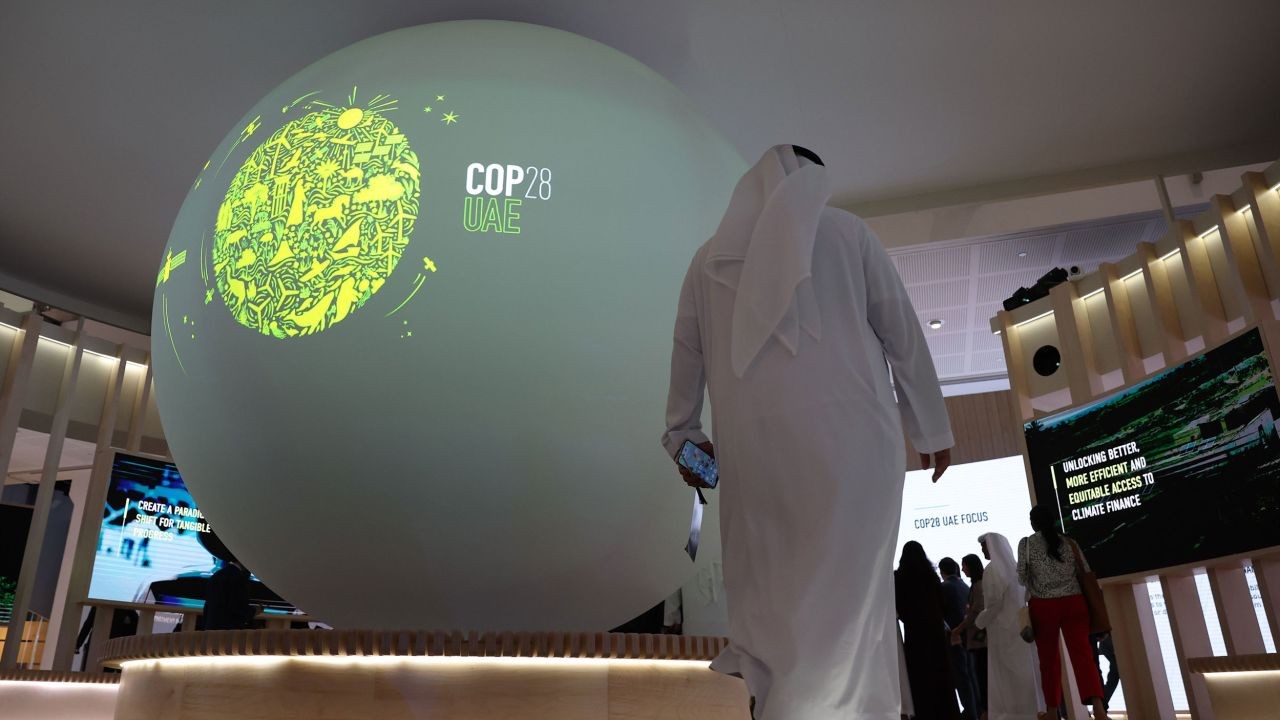 |
| COP28 in Dubai will assess the progress of countries participating in the Framework Convention on Climate Change in implementing their commitments. (Source: Shutterstock) |
For many, the Paris agreement at the United Nations Framework Convention on Climate Change (COP25) may not have been what they wanted. It was not binding and did not end the era of fossil fuels. But it did set some ground rules for future COPs. From there, COP28 in Dubai, United Arab Emirates (UAE) will see countries for the first time assess what they have done and what they have not done, and work together towards the ultimate goal.
Positive milestone…
In some ways, the results of global efforts to combat climate change have been more positive than many had predicted. At COP25, experts predicted that by 2100, the Earth could warm by up to 3 degrees Celsius above pre-industrial levels if countries did not change their policies.
With the current policy, calculations show that global warming will fluctuate between 2.5-2.9 degrees Celsius. This is still a worrying number and seriously threatens the lives of billions of people. That is not to mention the unknowns in the implementation of the policy. But the change itself is a clear improvement compared to before.
Much of this progress is due to cheaper and more widespread renewable energy sources. In 2015, global solar capacity was just 230 GW. By 2022, it will be 1,050 GW. Countries have also developed and implemented more aggressive policies. In 2014, just 12% of CO2 emissions from energy production were subject to a carbon price mechanism, at $7 per ton. Today, that proportion is 23%, with a price that has increased nearly fivefold, to $32 per ton.
In 2015, the International Energy Agency (IAE) predicted that CO2 emissions would continue to rise until the 2040s. Now, the intergovernmental advisory body says that this category could peak in the next few years. After that, countries need to reduce emissions rapidly to limit global warming to 2 degrees Celsius. Emissions are part of development, so helping to reverse this trend could be considered a successful start on the journey to combat climate change.
Of course, it would be wrong to attribute all of this progress to COP25 in Paris. But the process it initiated raised expectations, making climate a national issue. And by pledging to reduce CO2 emissions and remove them from the atmosphere, COP25 brought the goal of net-zero emissions to the masses. In 2015, only one country had made such a commitment. Eight years later, that number is 101.
As the world faces increasingly extreme weather events, such as Brazil’s unusual spring heatwave last week, the COP is an important forum for parties to present new ideas and seek side agreements. Recent statements by US President Joe Biden and Chinese President Xi Jinping have given momentum to a deal on methane emissions ahead of the COP. The two countries have also pledged to triple their renewable energy output by 2030, a goal the UAE hopes to push for at COP28 this year.
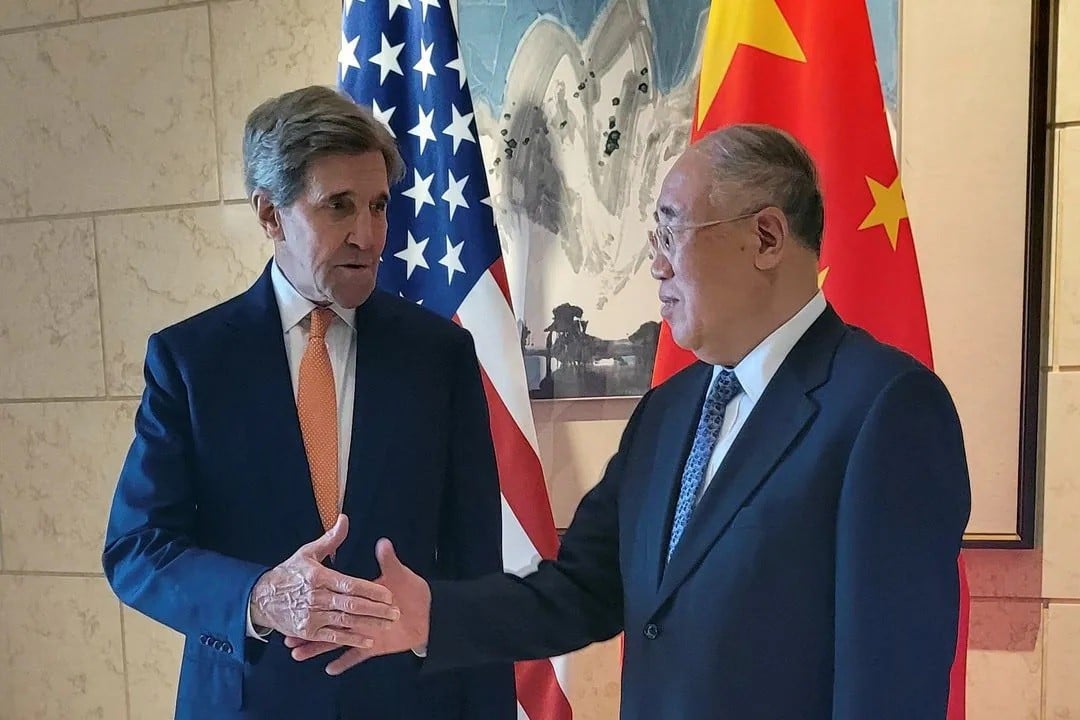 |
| Recently, the US and China made important commitments to combat climate change, contributing to promoting the agreement on methane emissions. In the photo: US Special Presidential Envoy for Climate Change John Kerry and his Chinese counterpart, Xie Zhenhua, before their meeting in Beijing, China in July 2023. (Source: Reuters) |
…on the long journey
However, this does not mean that the COP mechanism has single-handedly “saved” the world.
First, the Paris COP25 agreement created a framework for renewable energy development, but it did not provide the necessary funding for it. According to BloombergNEF, a US-based energy research organization, the world will need to double the level of investment to triple the required renewable energy production.
Much of that capital will come from the private sector, but the impetus for such investment will come from the state. Governments must restructure energy markets, speed up licensing, rapidly expand grids, and eliminate policies that favor fossil fuels.
Even if things go smoothly, climate change will not stop anytime soon. The main cause of global warming is the accumulation of CO 2 in the atmosphere. As long as net emissions continue, temperatures will rise. Since COP25, global warming has reached a point where it can no longer be ignored. Recent climate changes are proof of that: The past July, August, September and October have broken temperature records for years.
This rapid pace of change will not last forever. However, the only way to stop global warming before net zero emissions is to reduce the amount of sunlight the Earth absorbs, either by injecting “particles” into the stratosphere or by whitening clouds over the oceans. The idea of “solar geoengineering” has alarmed many scientists, activists, and policymakers. Some countries think otherwise. The world needs to discuss the issue at an international level, clarifying the limits and impacts of such initiatives.
The world also needs to discuss CO 2 removal mechanisms in greater depth. Like “solar geoengineering”, this process is also of interest to many, especially oil companies, who see it as a reason to continue maintaining their production. This could make the fight against climate change more difficult. In this context, countries need to be clear about their CO 2 removal plans in the next round of Nationally Determined Contributions (NDCs), due in 2025.
Ultimately, the COP alone cannot change the world. But it can help shape the issues, the discussions, the rules that drive that process. While the world has a long way to go in the fight against climate change, the COP can be proud of what it has done for this Earth.
| Ultimately, the COP alone cannot change the world. But it can help shape the issues, the discussions, the rules that drive that process. While the world has a long way to go in the fight against climate change, the COP can be proud of what it has done for this Earth. |
Source


![[Photo] Unique folk games at Chuong Village Festival](https://vstatic.vietnam.vn/vietnam/resource/IMAGE/2025/4/10/cff805a06fdd443b9474c017f98075a4)
![[Photo] Opening of the 11th Conference of the 13th Party Central Committee](https://vstatic.vietnam.vn/vietnam/resource/IMAGE/2025/4/10/f9e717b67de343d7b687cb419c0829a2)



![[Photo] April Festival in Can Tho City](https://vstatic.vietnam.vn/vietnam/resource/IMAGE/2025/4/10/bf5ae82870e648fabfbcc93a25b481ea)









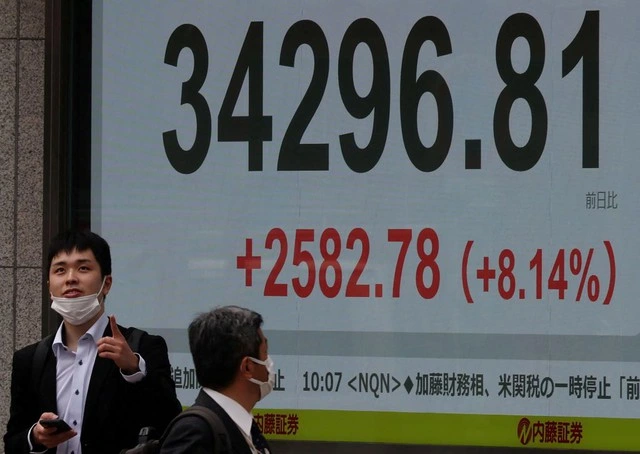
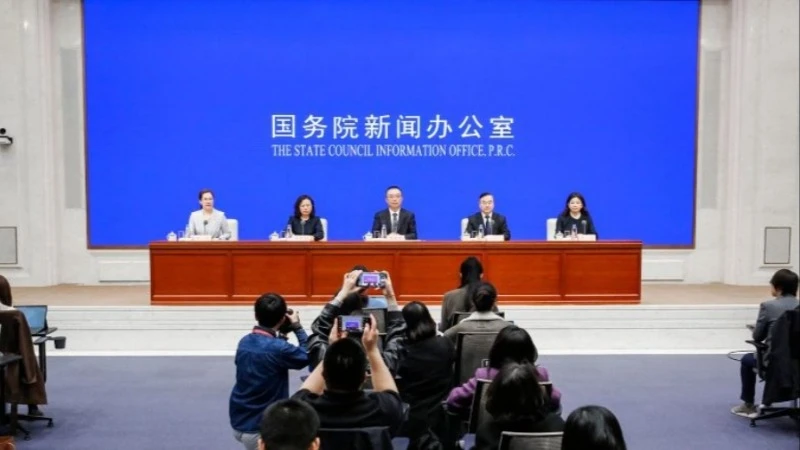
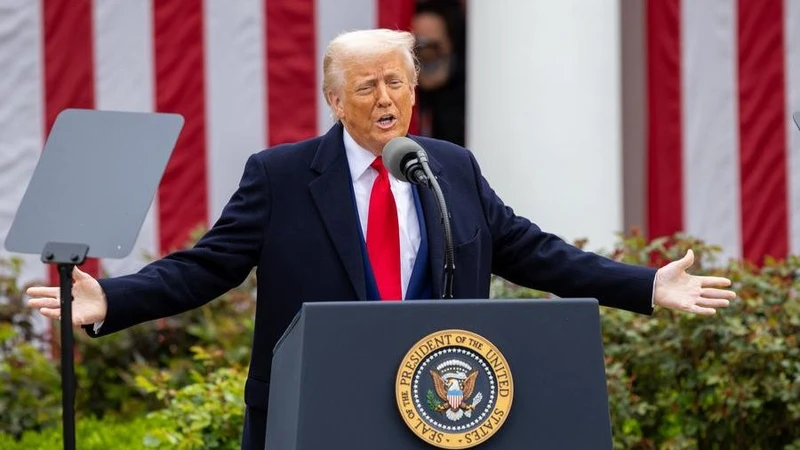

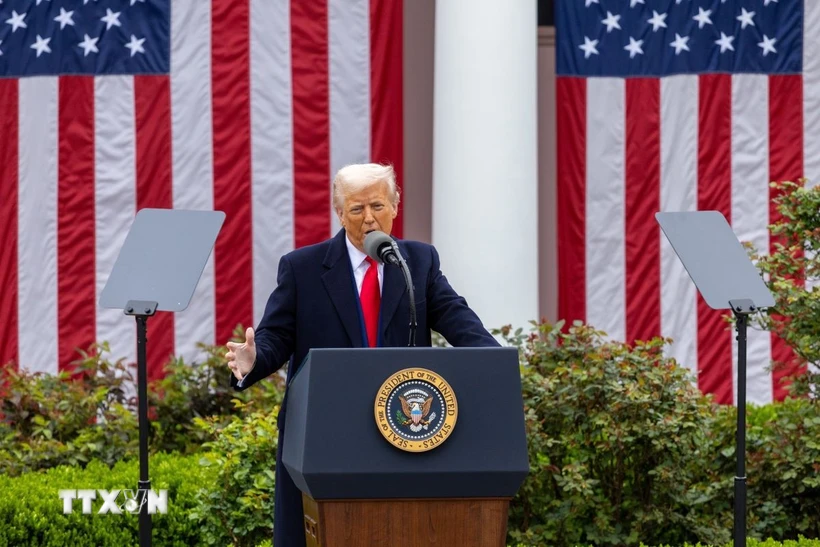




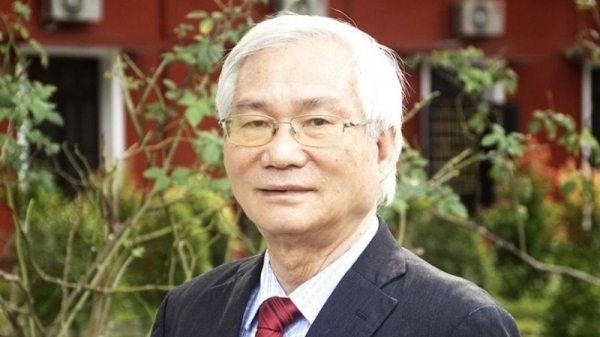

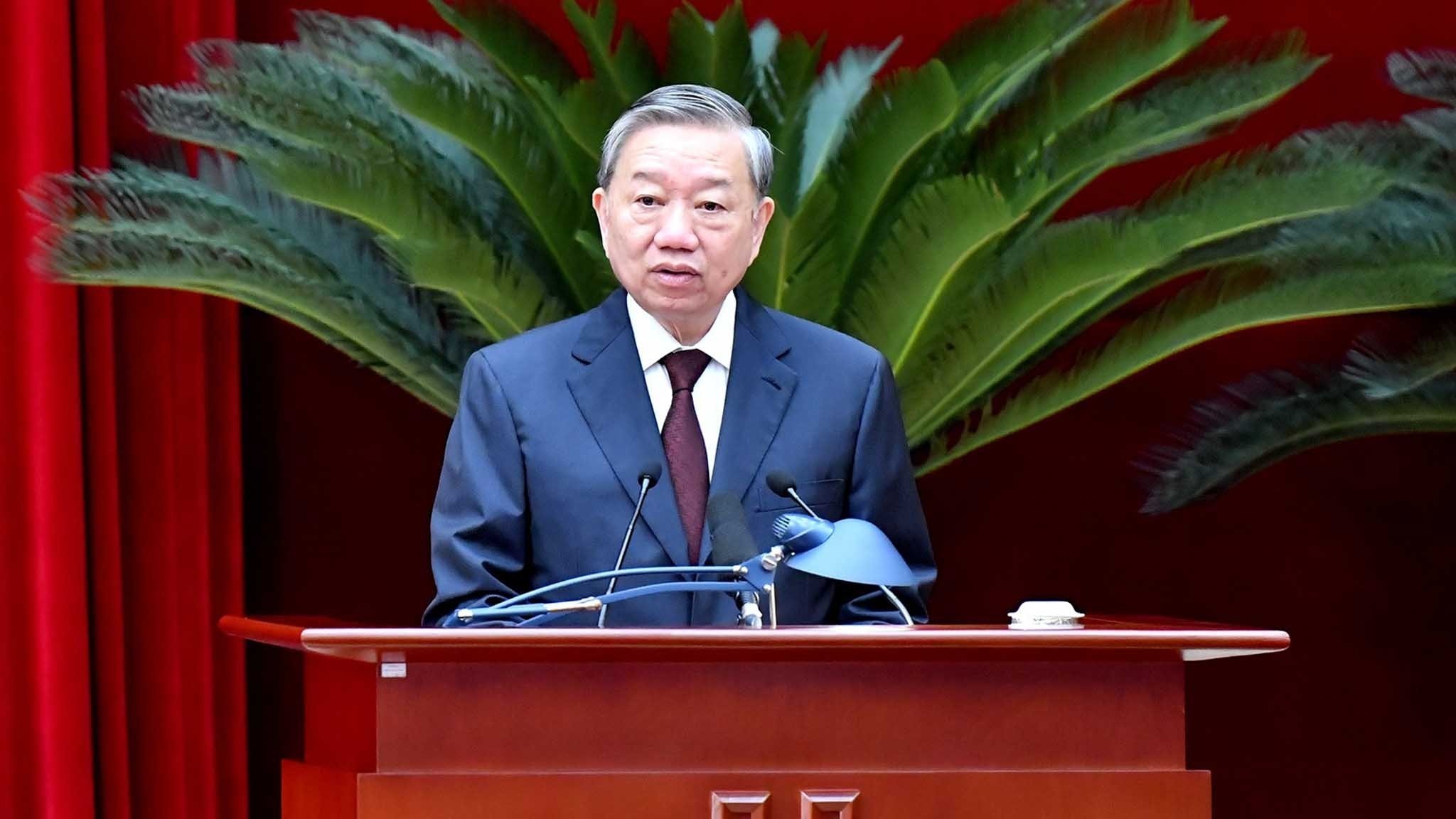


![[Photo] Prime Minister Pham Minh Chinh commends forces supporting Myanmar in overcoming earthquake consequences](https://vstatic.vietnam.vn/vietnam/resource/IMAGE/2025/4/10/e844656d18bd433f913182fbc2f35ec2)


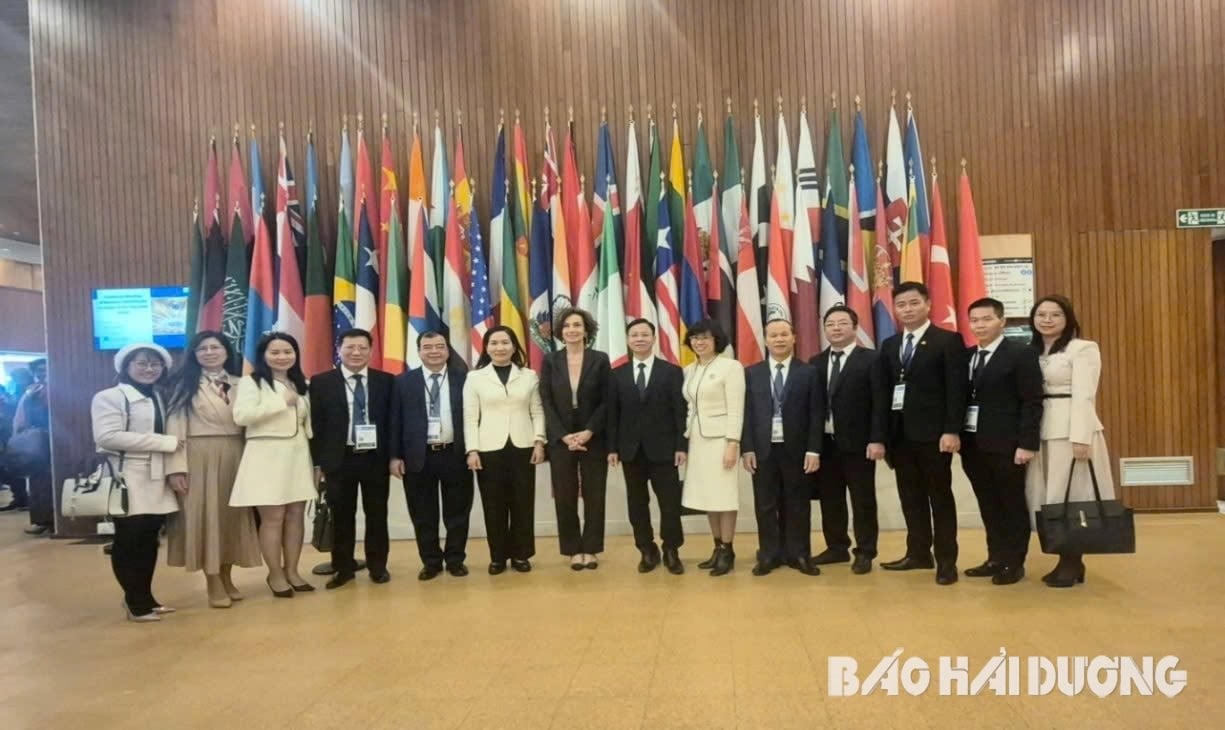





















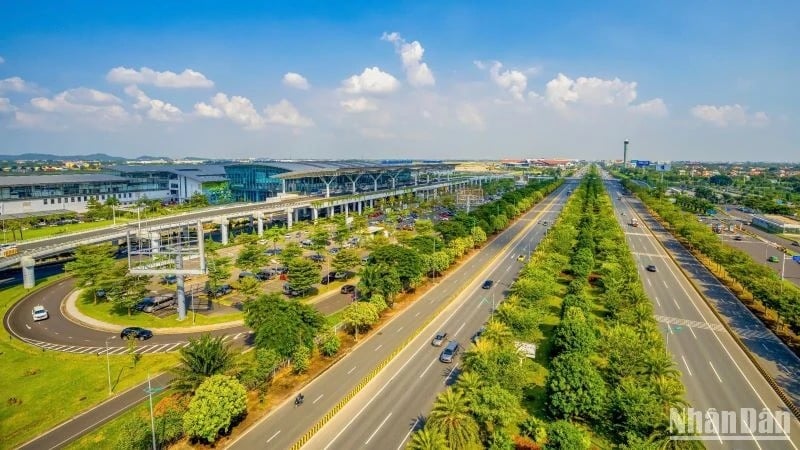




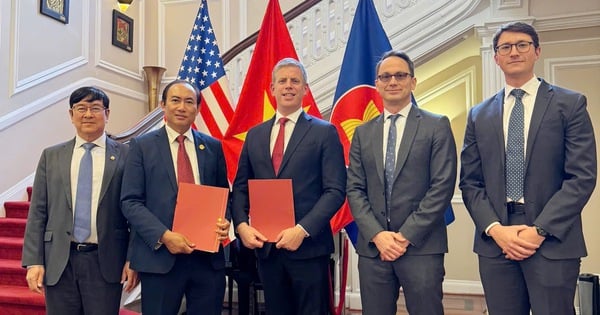





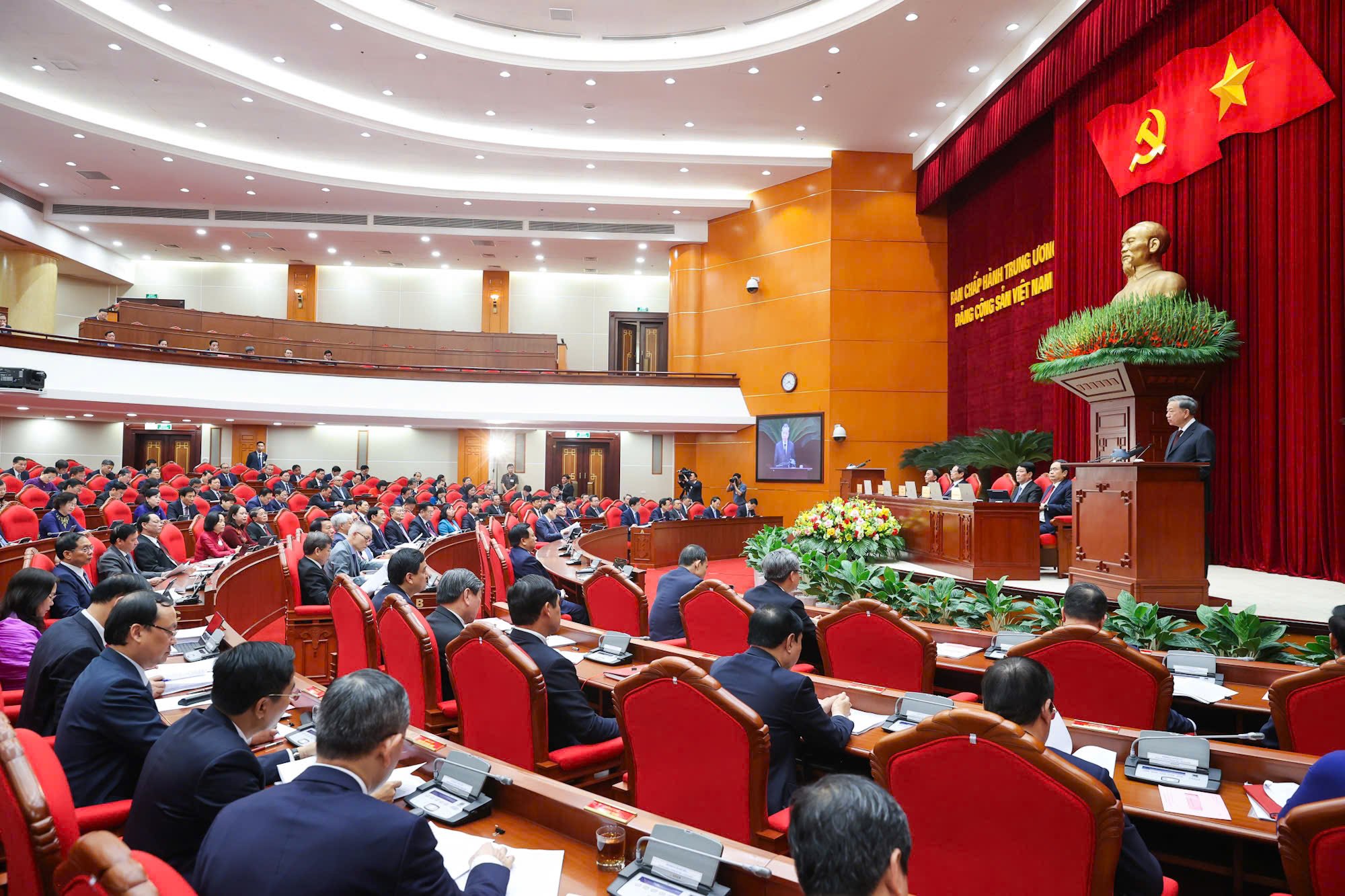
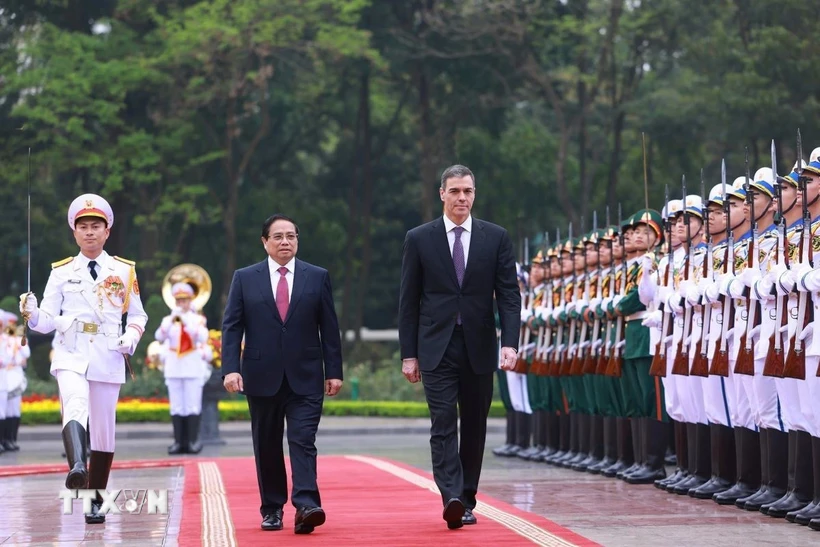


























Comment (0)